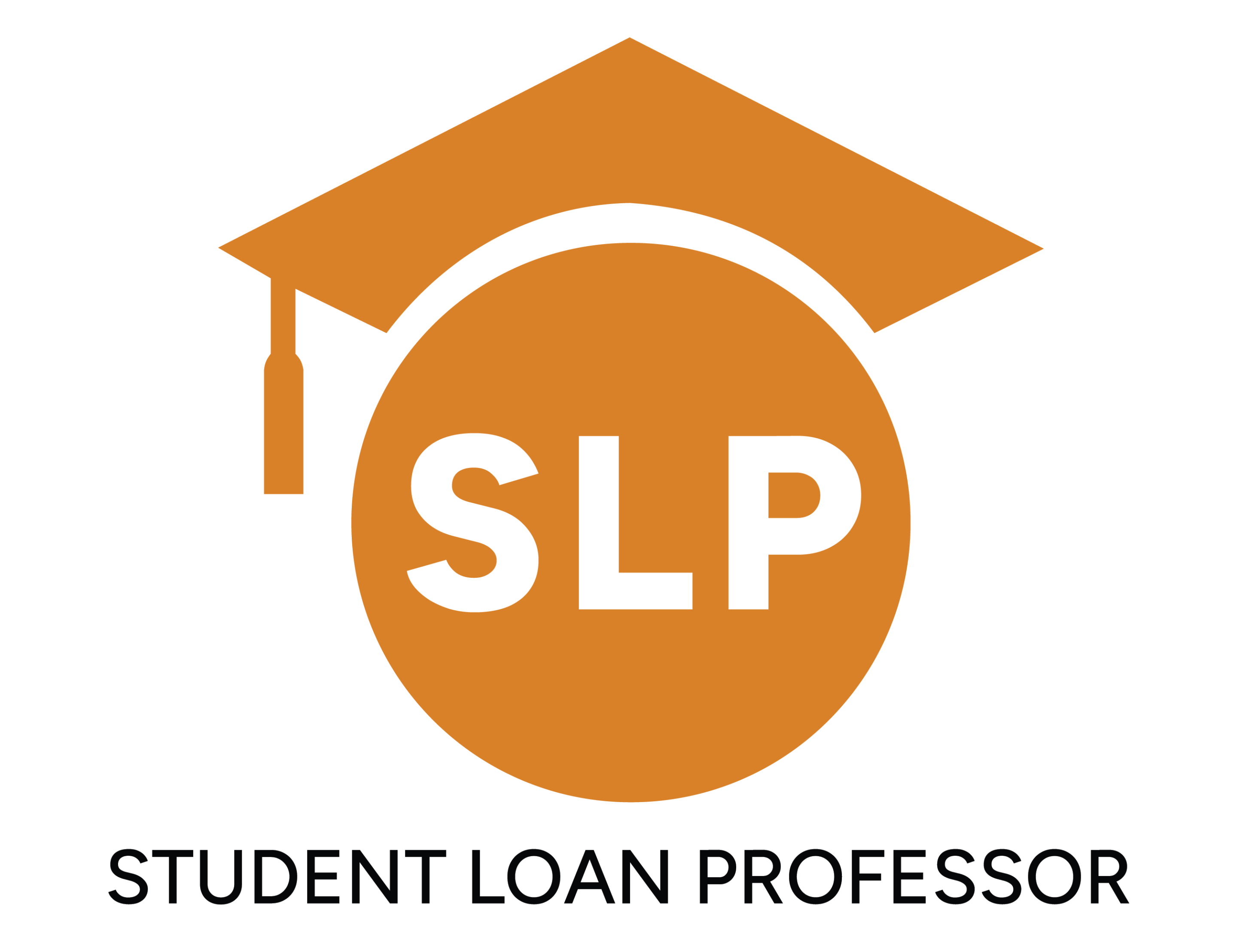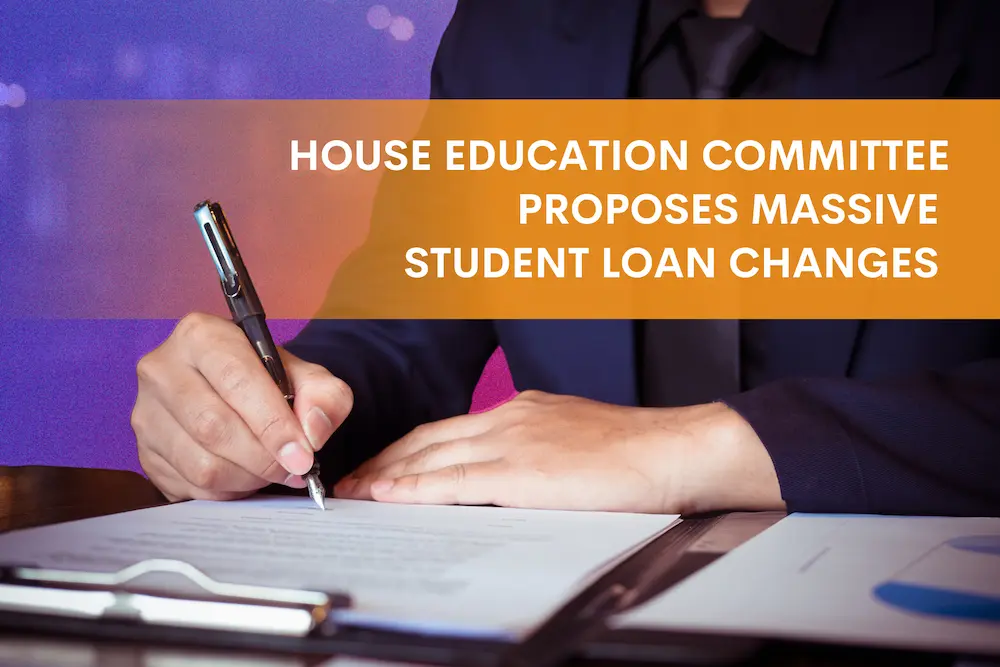House Education Committee Proposes Massive Student Loan Changes
Hey there, grad students! Big things are brewing in the world of student loans. And if you’re a graduate health professional or other borrower carrying a six figure debt load, these proposals could have a major impact on how you borrow and repay.
Let’s walk through what’s on the table and what it could mean for your future.
The Big Picture: What’s Changing?
Some of the most significant proposed changes include:
- Subsidized loans? Gone for everyone: undergrad, grad, and professional students.
- Grad PLUS loans? Eliminated entirely.
- Parent PLUS loans? Now limited. Parents can only borrow once the student maxes out their own loans, and only up to the Cost of Attendance (COA).
Yep, that’s a big shift. The days of borrowing what you need (and then some) may be behind us.
New Loan Limits, Explained
Starting July 1, 2026, federal borrowing caps would look very different:
- Undergrad Unsubsidized Loans: Annual limits tied to the national median cost of attendance, with a total max of $50,000.
- Graduate Unsubsidized Loans: Same structure, with lifetime caps of $100,000 for grad students and $150,000 for professional students (and that’s a lot you!).
- Total Aggregate Cap: Including Parent PLUS loans, no borrower can exceed $200,000 in federal student loan debt.
This would be a seismic shift, especially for fields like medicine and law, where high education costs have long required higher federal borrowing.
Repayment Is Getting a Makeover, Too
The proposed Standard Repayment Plan is no longer one-size-fits-all. Instead, it adjusts based on how much you owe:
- Owe $25K or less? You’ll repay over 10 years.
- Between $25K–$50K? That’s a 15-year term.
- $50K–$100K? Expect 20 years.
- Over $100K? Still 20 years, which helps keep monthly payments manageable.
Why this matters: Extending your repayment period could lower your monthly bill and free up room for other financial goals, like starting a practice, buying a home, or just giving you a little more financial breathing room.
But heads-up: if you don’t choose another plan, you’ll automatically be enrolled in this new standard option.
Meet RAP: The New Kid on the Repayment Block
Say hello to the Repayment Assistance Plan (RAP), a Republican-proposed alternative to today’s income-driven repayment (IDR) programs. It’s designed to keep payments affordable and stop your balance from ballooning due to interest.
Who would be placed into RAP?
- Anyone who takes out federal student loans after July 1, 2026
- Language also suggests that those on ICR-based plans (SAVE, PAYE, or ICR) may be switched to RAP. But this is not entirely clear.
How does RAP work?
- Minimum payment: $10/month
- Payments are based on income, increasing roughly 1% for every $10K earned
- Earn under $10K? Pay $10/month
- Earn $100K+? Pay 10% of your income
- Parents, rejoice! You’ll get a $50/month deduction for every child under 17
Why RAP could be a game-changer:
- No interest snowballing: if your monthly payment doesn’t cover the accrued interest, that interest is forgiven each month.
- Built-in principal reduction: every payment reduces your principal by at least $50 guaranteed.
And yes, while RAP does include a forgiveness option… after 30 years of repayment.
But… Let’s Think This Through
RAP sounds great on paper, but here’s what you need to watch out for:
- No poverty-level deduction: higher-income borrowers (especially those without kids) may see larger payments than they would under current plans.
- No mention of a payment cap: this could be tough on professionals with high incomes.
- 30 years to forgiveness: that’s a long time, especially compared to the 20 year forgiveness under current IDR plans.
A Big Deal for Medical Residents
This proposal also comes with two big rules for medical and dental residents:
- Up to four years of interest-free forbearance during training
- No PSLF credit during that forbearance period
While the interest pause sounds nice, many physicians rely on those residency years to qualify for PSLF. Add in the $150K borrowing cap, and PSLF may no longer be the go-to strategy for physicians.
So, What Should You Do Right Now?
Nothing… yet.
As we always say: You can’t build a strategy around proposals. These aren’t laws, rather, ideas in motion. There’s still time for negotiation, and these plans are controversial. Republicans can’t afford to lose a single vote in the Senate, and public pressure is already mounting to block some of the more aggressive provisions.
The best thing you can do right now is to stay informed and connected to resources that break down the changes without the noise.
We’ve got you.
Have Questions? Let’s Talk.
If you’re not sure how these proposals could affect your strategy, or if you just need to talk through your current repayment plan, schedule a consultation with one of our advisors. We’ll walk you through your options and help you plan with clarity, not panic.
Stay tuned. We’ll be here with the updates as soon as they happen.
– The Student Loan Professor Team
Brandon Barfield is the President and Co-Founder of Student Loan Professor, and is nationally known as student loan expert for graduate health professions. Since 2011, Brandon has given hundreds of loan repayment presentations for schools, hospitals, and medical conferences across the country. With his diverse background in financial aid, financial planning and student loan advisory, Brandon has a broad understanding of the intricacies surrounding student loans, loan repayment strategies, and how they should be considered when graduates make other financial decisions.




